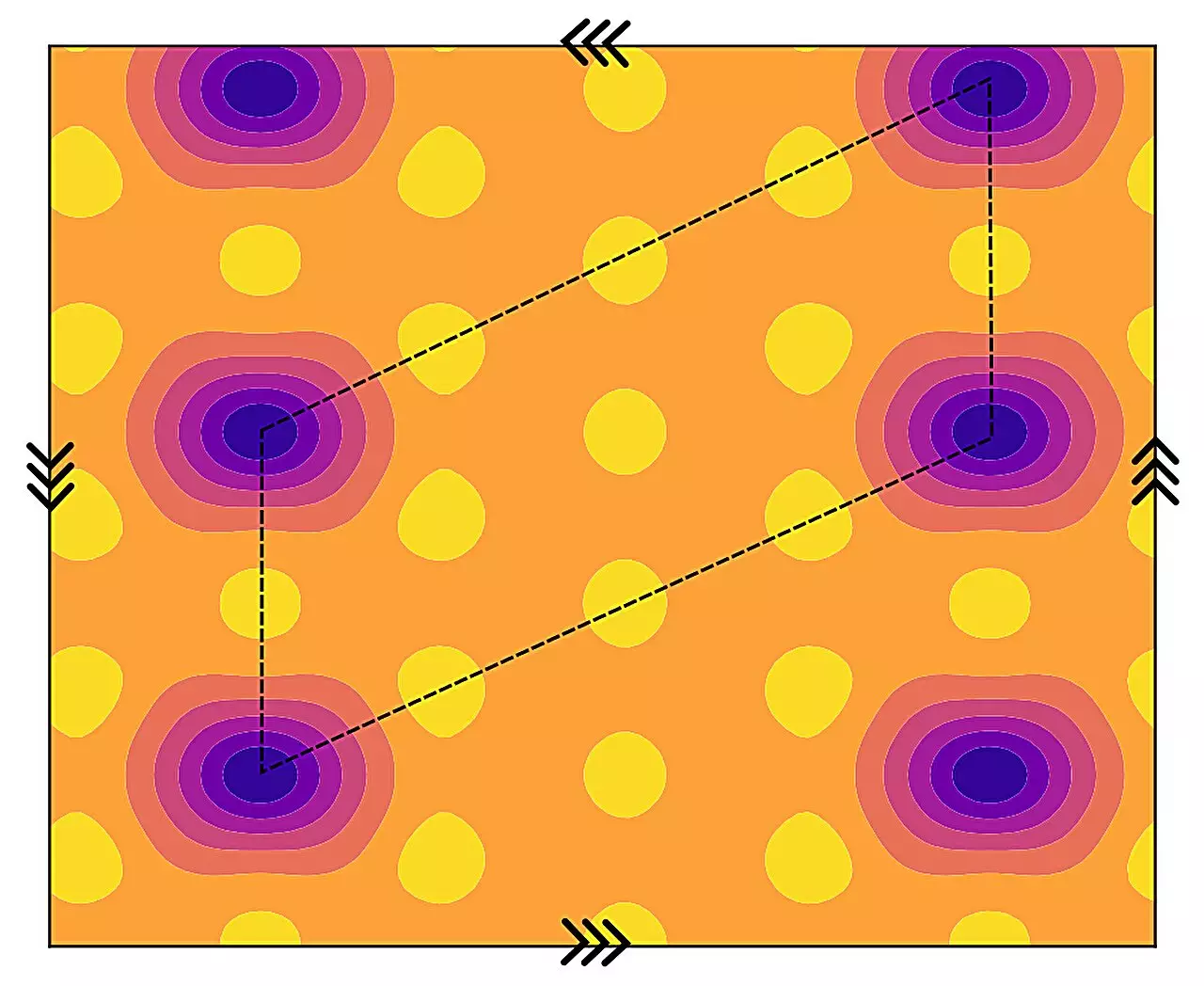Moiré superlattices are emerging as a focal point in modern condensed matter physics due to their compelling ability to host novel physical phenomena. These structures emerge from the stacking of two-dimensional (2D) materials at very small twist angles, leading to an entirely new framework of quantum states. The intricate patterns formed as a result of overlapping lattices have spurred significant theoretical and experimental inquiry, uncovering intriguing states of matter that challenge our established understanding of electronic properties.
Recent collaborative research led by teams from California State University Northridge, Stockholm University, and the Massachusetts Institute of Technology (MIT) sheds light on the complexities of these materials. Their study, published in *Physical Review Letters*, predicts an unprecedented quantum anomalous state existing within fractionally filled moiré superlattice bands, particularly in the twisted semiconductor bilayer MoTe2. The investigation aims to unveil new phases and to demonstrate how these superlattices host uniquely diversified electronic arrangements.
Initially motivated by the line of inquiry surrounding moiré structures, the research team delved into the dual characteristics of electrons as both particles and waves. Co-author Liang Fu highlights the importance of distinguishing these facets to appreciate how they intersect within moiré materials. “Crystallization and topology,” he explains, “are rooted in an electron’s particle and wave aspect respectively,” illustrating the sophisticated interplay of these properties.
The researchers concluded that moiré superlattices offer a fertile ground for discovering electron phases previously deemed impossible, such as the topological electron crystal. Co-author Donna Sheng emphasized the essence of understanding these new quantum phases, noting that moiré systems enrich the interaction between kinetic energy and correlation effects, thereby unveiling a realm of unexplored physics.
Unlike conventional systems where topology and charge order often compete, the anticipated state demonstrates an unusual fusion of ferromagnetism, charge ordering, and topological features. This anomaly bears profound implications for both theoretical models and practical applications, suggesting a more nuanced understanding of correlated electronic systems.
The predicted topological state is characterized by a quantized zero-field Hall conductance that defies standard expectations. Emil J. Bergholtz, another co-author, posits that “this class of states may be quite common in moiré superlattices,” which greatly enhances their potential relevance in advanced materials science. The research underscores that strong Coulomb interactions drive this peculiar state. Absent these interactions, the expected behavior trends towards that of a typical metal, hence emphasizing the essential contributions of electron repulsion in shaping the electronic landscape.
Grounded on rigorous numerical calculations and prior studies of twisted bilayer semiconductors, the researchers constructed a comprehensive phenomenological model, thereby elucidating the fundamental physics governing this newly hypothesized state. This model serves to distill complex quantum interactions into a framework that can be experimentally validated, providing essential insights into its nature and applications.
Implications for Current Research
This study has far-reaching ramifications for both the theoretical framework and practical explorations of moiré materials. Aidan Reddy, another co-author, notes the significance of their findings alongside recent experimental observations of a quantum anomalous Hall crystal in twisted bilayer-trilayer graphene systems, echoing the state predicted by the research team. This congruence between theory and experiment sketches a promising path for future investigations.
As the researchers endeavor to unravel the complexities of the anomalous quantum states discovered, they anticipate identifying further exotic states in moiré superlattices. Their ongoing research aims to understand how states, such as integer Chern insulator crystals at fractional moiré band filling, interact within the broader spectrum of moiré phenomena.
The exploration of moiré superlattices represents a vital frontier in condensed matter physics, characterized by its potential to redefine our understanding of quantum phases. With the intricate relationship between crystallization, charge order, and topology coming to the forefront, this domain of study not only offers novel insights but also raises significant theoretical inquiries. The research insights highlighted in this recent paper mark just the beginning of a broader journey into the fascinating landscape of exotic phases, setting the stage for upcoming experimental and theoretical advancements that could reshape our comprehension of materials at the quantum level.

